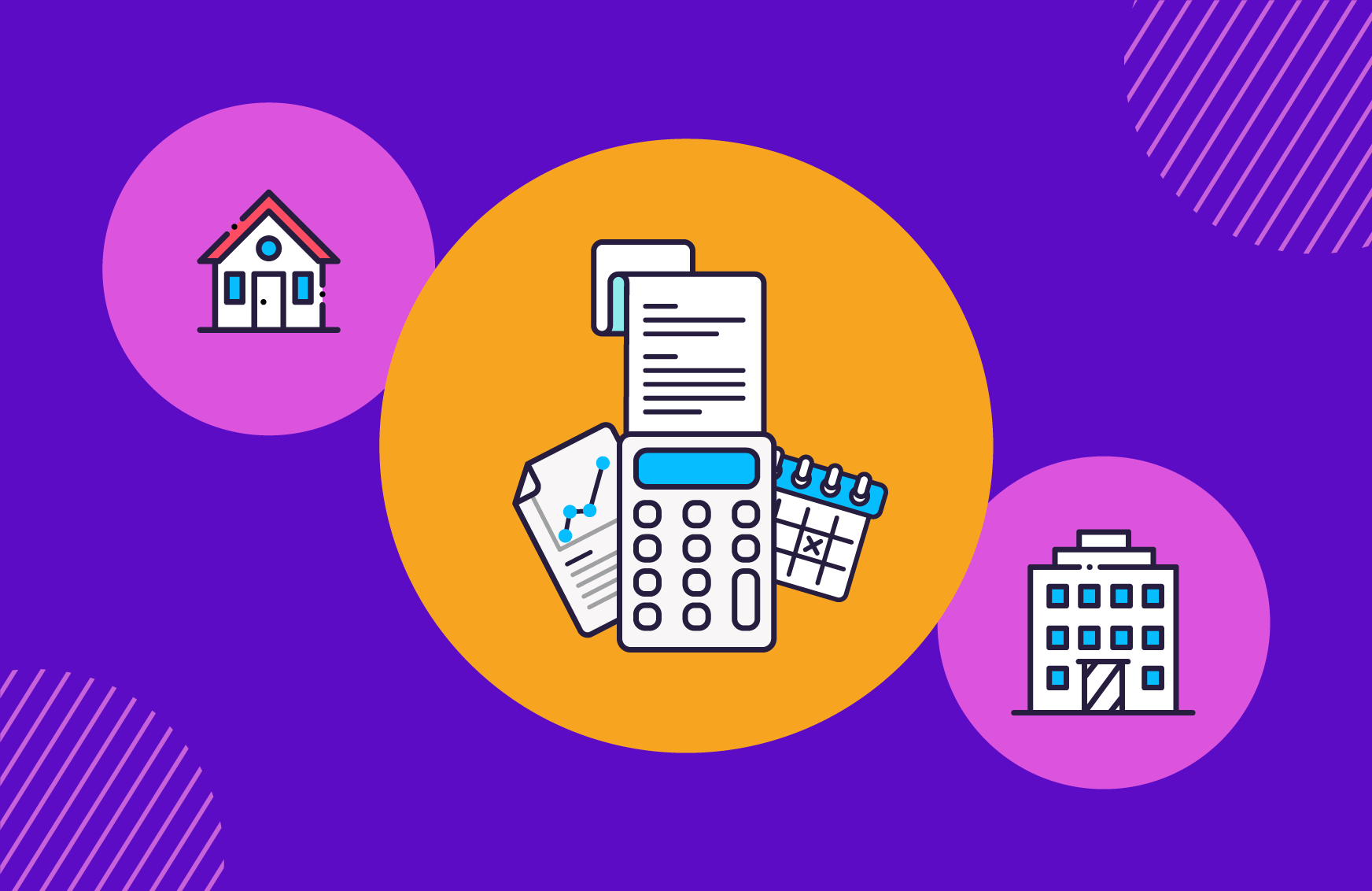How to manage cash flow in your small business
British businesses have a big problem with cash flow, and you’re probably one of them. According to a 2016 survey, it’s such a big issue only 40-45% of startups are managing to reach their 5th birthday.
Even when you’ve built up a great base of clients or customers, you can still find yourself cash flow negative, with late payments being the main cause. There’s no quick fix, but there are ways to help keep the cash flowing through your business.
Look for flexible payment options
When you’re choosing a supplier, you’ll look at everything from reputation to quality of service, but many don’t ask about payment options until they really have to. When you’re discussing a contract or product with the supplier, find out if they do flexible payments. If they don’t, ask if they’d be open to it. Many suppliers would rather negotiate, or do someone a (reasonable) deal, than lose them completely, so it’s always worth asking.
Flexible payments will help to keep your business cash flow positive, and can sometimes be a far better deal than just going for the cheapest option. Plus, suppliers will suffer the same issues with late payments that you do, so they’re likely to appreciate the regular cash.
Ask for deposits up front
In a lovely business utopia, where everyone rubs along together in perfect harmony, all the invoices are paid the moment they’re received. Yeah right. You know that’s not how it goes.
Instead of waiting weeks, or even months, for an invoice payment, consider asking for upfront deposits from customers to keep cash flow running smoothly. Deposits are normal in all kinds of industries, and customers often won’t be surprised, particularly when equipment or materials need to be bought specifically for the job. You might find many of your suppliers ask for a deposit, so why shouldn’t you?
A deposit minimises the chances of the customer or client doing a runner (it happens…), and it sustains your business while you’re doing the work or producing their product.
Use technology to take the guesswork out of it all
If cash flow projection is a bit intimidating, or you just don’t have time to give it your full attention, some accounting software features can do it for you. Cash flow is affected by all your usual accounts and processes, so having the data all in one place will allow the programme to calculate it all automatically. All you need to do is look at it.
Forecasting your cash flow will estimate where cash is going to come in and out, including when you should be paid by customers and clients. With a forecasting tool, you’ll be able to see how this affects your cash flow throughout the month, and even later in the year. And more importantly, you’ll know if you need an injection of funds long before it becomes a big problem.
Automating your accounts has loads of other benefits too, and they all ultimately affect cash flow. You’ll never have to send one of those awkward ‘Just checking you got my invoice?’ emails again, because you can automate your invoice reminders. You won’t risk forgetting about receipts for supplies, because you can record the details on an app before you shove it in your pocket. And you don’t have to fiddle with Excel formulas, because you’ve got a dashboard where everything’s visible on one screen already.
About Solna








